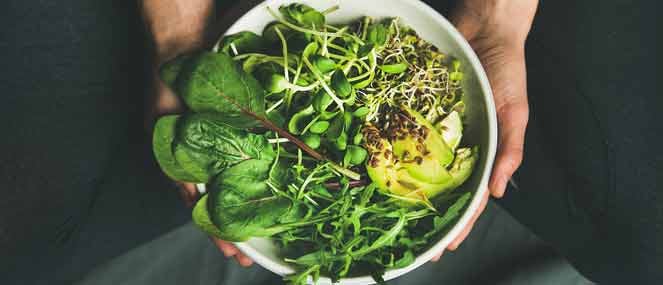


Most commonly affects the big toe, but may also occur in the knee, ankle, elbow and other joints
- Pain in a joint, that appears very quickly
- Inflammation
- Swelling
- Redness
- Stiffness of the affected joint
Gout is a form of arthritis and is associated with high-blood-levels of uric acid, a compound that's a by-product of your body's normal breakdown of food. Uric acid itself is a product of the metabolism of purines, compounds found in a range of food.
Foods containing purines;
- Offal (including related products like pate)
- Game meat
- Some seafood (especially anchovies and sardines)
- Some vegetables including asparagus and mushrooms
Normally your body maintains uric acid levels by dissolving it in the bloodstream, filtering it through the kidneys and then urinating. If you start creating too much uric acid or other factors prevent your body dealing with the load, then uric acid crystals form on the joints. This is what causes the sudden pain, redness and swelling of gout.
It is advisable to see your doctor as soon as possible. This is important as gout can cause severe pain and permanent damage to the joints if left untreated. The dietary and lifestyle suggestions below are recommended as support measures but not as a replacement for medical treatment from a qualified medical practitioner.
Lowering uric acid levels is a priority and changing your diet to reduce your intake of foods containing purines may help with this.
Calcium Pyrophosphate Deposition (CPPD) or Pseudogout is a similar condition to gout though its causes are unknown. It has been linked with a variety of causes including low magnesium levels in the blood, an over-active parathyroid gland, and excessive quantities of iron, as well as genetic factors.




